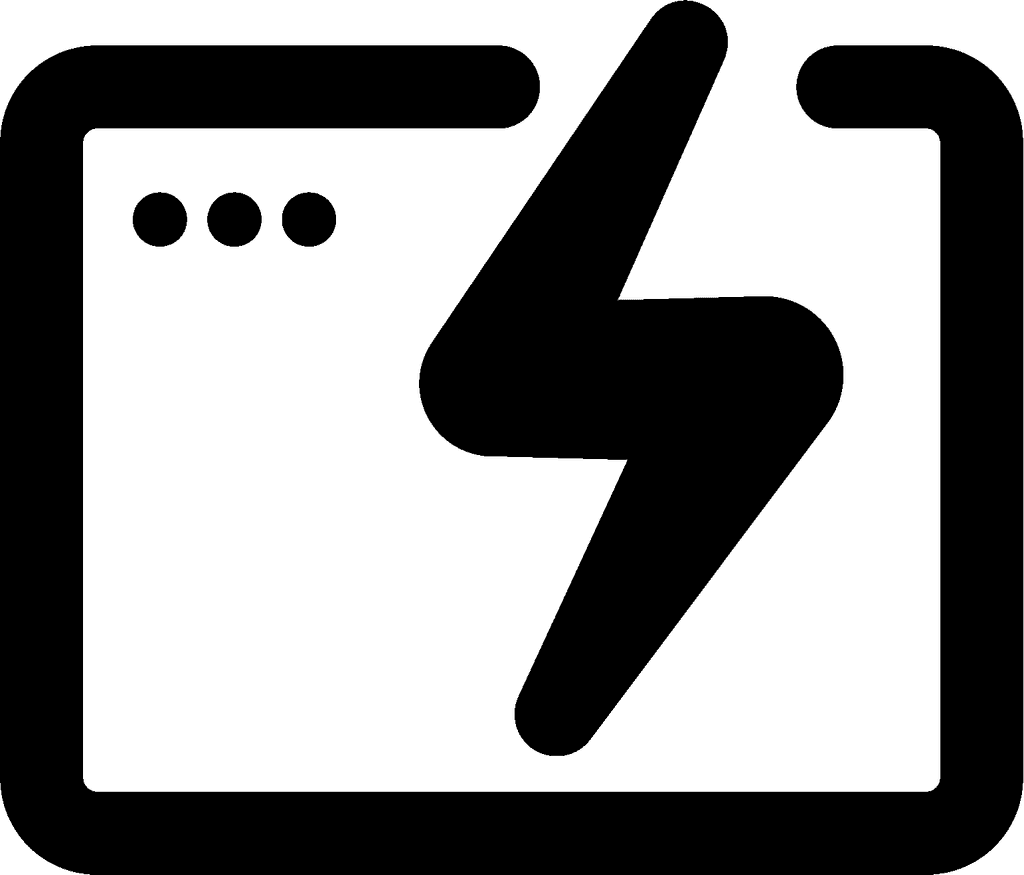ChatOps Incident Management: Streamlining IT Crisis Response
ChatOps incident management integrates chat platforms with incident response processes. It allows teams to collaborate, share information, and take action directly within chat interfaces during critical events. This approach streamlines communication and accelerates resolution times.
ChatOps incident management enhances visibility, coordination, and efficiency when handling IT disruptions. By centralizing incident-related activities in chat channels, teams gain real-time awareness of issues and can quickly mobilize resources. Automated alerts, status updates, and runbook execution further speed up response efforts.
The adoption of ChatOps for incident management has grown as organizations seek to improve their incident response capabilities. This method leverages existing communication tools and aligns with modern DevOps practices, making it an attractive option for many IT teams.

Understanding ChatOps and Incident Management
ChatOps and incident management are two key concepts in modern IT operations. They work together to streamline communication, enhance collaboration, and improve response times during critical events.
Defining ChatOps
ChatOps integrates chat platforms with IT tools and processes. It centralizes communication and operations in a single interface. Teams can execute commands, share information, and trigger automated workflows directly from chat channels.
ChatOps enhances transparency by making actions visible to all team members. It facilitates quick decision-making and reduces context-switching. Automated bots play a crucial role in ChatOps, executing tasks and providing real-time updates.
The approach fosters a culture of collaboration and knowledge sharing. It enables faster onboarding of new team members and improves overall operational efficiency.
The Role of Incident Management in IT
Incident management focuses on restoring normal service operations quickly after disruptions. It aims to minimize the impact of incidents on business operations and maintain service quality.
Key components of incident management include:
Incident detection and logging
Classification and initial support
Investigation and diagnosis
Resolution and recovery
Incident closure and documentation
Effective incident management relies on clear communication and well-defined processes. It often involves cross-functional teams working together to resolve issues.
Incident management frameworks help organizations standardize their approach. They provide guidelines for prioritizing incidents, escalating problems, and conducting post-incident reviews.
Key ChatOps Tools for Effective Incident Response
ChatOps tools streamline incident management by centralizing communication and automating key processes. They enable faster response times and improved collaboration during critical events.
Popular ChatOps Platforms
Slack and Microsoft Teams are leading ChatOps platforms for incident response. Slack offers robust integrations and customizable channels for different incident types. Its search functionality helps teams quickly access relevant information.
Microsoft Teams provides seamless integration with Office 365 tools, enhancing collaboration during incidents. Its threaded conversations feature helps keep discussions organized and focused.
Both platforms support real-time messaging, file sharing, and video calls, facilitating rapid information exchange during incidents.
Automation Bots and Integrations
Hubot and Lita are powerful ChatOps bots that automate routine tasks and integrate various tools. Hubot, developed by GitHub, supports multiple chat services and offers extensive customization options.
Lita, a Ruby-based bot, provides a flexible framework for building custom ChatOps solutions. It integrates easily with popular DevOps tools and services.
PagerDuty integration enables automated alerting and escalation within chat platforms. It helps teams quickly mobilize the right personnel during incidents.
GitHub integration allows direct access to code repositories and issue tracking from chat interfaces. This streamlines troubleshooting and documentation processes during incidents.
Improving Team Collaboration with ChatOps
ChatOps enhances team collaboration by centralizing communication and streamlining workflows. It creates a unified platform for real-time interaction and information sharing across multiple teams.
Collaboration Model and Best Practices
ChatOps fosters a collaborative environment where team members can easily share updates, ask questions, and solve problems together. A key best practice is establishing a single source of truth within the chat platform.
Teams should create dedicated channels for specific projects or incident types. This organization helps maintain focus and reduces noise.
Encourage the use of @mentions to notify relevant team members promptly. This ensures important information reaches the right people quickly.
Implement chatbots to automate routine tasks and provide instant access to critical information. This reduces manual effort and improves response times.
Regular training sessions help team members stay up-to-date with ChatOps tools and practices. This promotes consistent usage and maximizes collaboration benefits.
Communication Channels for Multiple Teams
ChatOps enables seamless communication across different teams involved in incident management. Create cross-functional channels to bring together diverse expertise.
Establish clear naming conventions for channels to ensure easy navigation. This helps team members quickly find the right place to collaborate.
Use integrations to connect ChatOps platforms with other collaboration tools. This creates a cohesive ecosystem for information flow between teams.
Implement role-based access controls to manage information sharing. This ensures sensitive data is only accessible to authorized team members.
Encourage the use of threaded conversations for complex discussions. This keeps main channels clear while allowing in-depth problem-solving.
Set up automated alerts to notify relevant teams about incidents. This promotes rapid response and cross-team coordination.
Designing an Incident Response Workflow
An effective incident response workflow combines structured processes with automated tools to enable rapid issue resolution. It incorporates clear communication channels and predefined playbooks to guide teams through incident handling.
Incident Playbooks and Automation
Incident playbooks provide step-by-step guidelines for responding to specific types of incidents. These playbooks outline roles, responsibilities, and actions to take during an incident. Teams can create playbooks for common scenarios like service outages, security breaches, or infrastructure failures.
Automation plays a crucial role in executing playbook steps efficiently. ChatOps tools can trigger automated responses based on alert conditions. For example, when a critical error is detected, the system can automatically create an incident ticket, notify the on-call team, and provision temporary resources.
Integrating ChatOps with monitoring systems enables real-time alerting and response initiation. When an incident occurs, relevant information is immediately pushed to chat channels, allowing teams to start the response process quickly.
Streamlining Incident Communication
Effective communication is vital for coordinating incident response efforts. ChatOps centralizes incident-related discussions in dedicated channels, providing a single source of truth for all stakeholders.
Teams can use chatbots to disseminate updates, share status reports, and log key decisions. These bots can also facilitate quick actions like escalating issues or paging additional team members.
Integrating video conferencing tools with chat platforms enables seamless transitions from text-based communication to real-time collaboration. This flexibility is especially valuable for complex incidents requiring in-depth troubleshooting.
ChatOps platforms can generate automated incident timelines, capturing all actions and communications. These timelines prove invaluable for post-incident reviews and continuous improvement of response processes.
Post-Incident Analysis and Improvement
After resolving an incident, thorough analysis and continuous improvement are crucial for enhancing ChatOps incident management processes. These practices help teams learn from experiences and implement preventive measures.
Conducting Effective Postmortems
Postmortems are essential for understanding incident root causes and improving response strategies. Teams should schedule postmortem meetings promptly after incident resolution.
During these sessions, participants review the timeline of events, actions taken, and outcomes. They identify what went well and areas for improvement. It's important to maintain a blameless culture, focusing on systemic issues rather than individual errors.
Documentation is key. Teams should record findings, action items, and lessons learned in a centralized repository. This information becomes valuable for future reference and training.
Continuous Improvement and Feedback Loop
Implementing a feedback loop ensures ongoing refinement of incident management processes. Teams should regularly review postmortem findings and track the progress of action items.
Automation plays a crucial role in this process. Implementing automated tools for data collection and analysis can streamline the improvement cycle. These tools help identify patterns and trends across multiple incidents.
Risk mitigation strategies should be developed based on postmortem insights. This may involve updating runbooks, enhancing monitoring systems, or implementing new safeguards.
Regular training sessions keep team members updated on process changes and best practices. Sharing lessons learned across the organization fosters a culture of continuous improvement in ChatOps incident management.
Frequently Asked Questions
ChatOps plays a crucial role in modern incident management processes. It integrates communication tools with operational systems to streamline responses and enhance collaboration during critical events.
How can ChatOps be utilized in incident management?
ChatOps facilitates real-time communication and automated actions during incidents. It enables teams to execute commands, receive alerts, and share updates directly within chat platforms.
This integration reduces context switching and accelerates response times. Teams can quickly access relevant information and initiate remediation steps without leaving the chat interface.
What are the key differences between ChatOps and traditional chatbots?
ChatOps systems offer deeper integration with operational tools and workflows. Unlike traditional chatbots, ChatOps platforms can execute commands and interact with various systems.
These platforms provide a centralized hub for team collaboration, system monitoring, and task automation. ChatOps also supports more complex interactions and decision-making processes.
How does the integration of ChatOps within Microsoft Teams enhance incident response?
Microsoft Teams ChatOps integration allows incident responders to leverage familiar communication channels. It enables quick access to incident details, alerts, and relevant documentation within the Teams interface.
Teams ChatOps can trigger automated workflows, assign tasks, and provide real-time status updates. This seamless integration reduces response times and improves coordination among team members.
Can you give examples of successful ChatOps implementations for incident management?
Major tech companies like Etsy and GitHub have implemented ChatOps for incident management. Etsy uses ChatOps to automate deployments and monitor system health.
GitHub's ChatOps system, Hubot, helps manage code deployments and infrastructure changes. These implementations have significantly improved incident response times and team collaboration.
In what ways does ChatOps streamline incident response workflows?
ChatOps centralizes incident-related communications and actions. It automates routine tasks such as creating tickets, notifying stakeholders, and escalating issues.
The platform provides instant access to relevant documentation and runbooks. This streamlined approach reduces manual effort and minimizes the risk of human error during critical incidents.
What are the advantages of incorporating StackStorm into a ChatOps environment?
StackStorm enhances ChatOps capabilities through its event-driven automation features. It enables teams to create complex workflows that can be triggered directly from chat interfaces.
StackStorm integration allows for more sophisticated incident response scenarios. It can automate multi-step processes, coordinate actions across different systems, and provide detailed audit trails for incident management activities.

Build a more powerful help desk with Risotto
Minimize Tickets and Maximize Efficiency
Simplify IAM and Strengthen Security
Transform Slack into a help desk for every department
Schedule your free demo





